Best FRFR Speakers 2025: The best full range, flat response speakers for your digital effects and modelers
Our pick of fantastic FRFR speakers that won’t color your tone from Kemper, Line 6, Fender, Mission Engineering and more
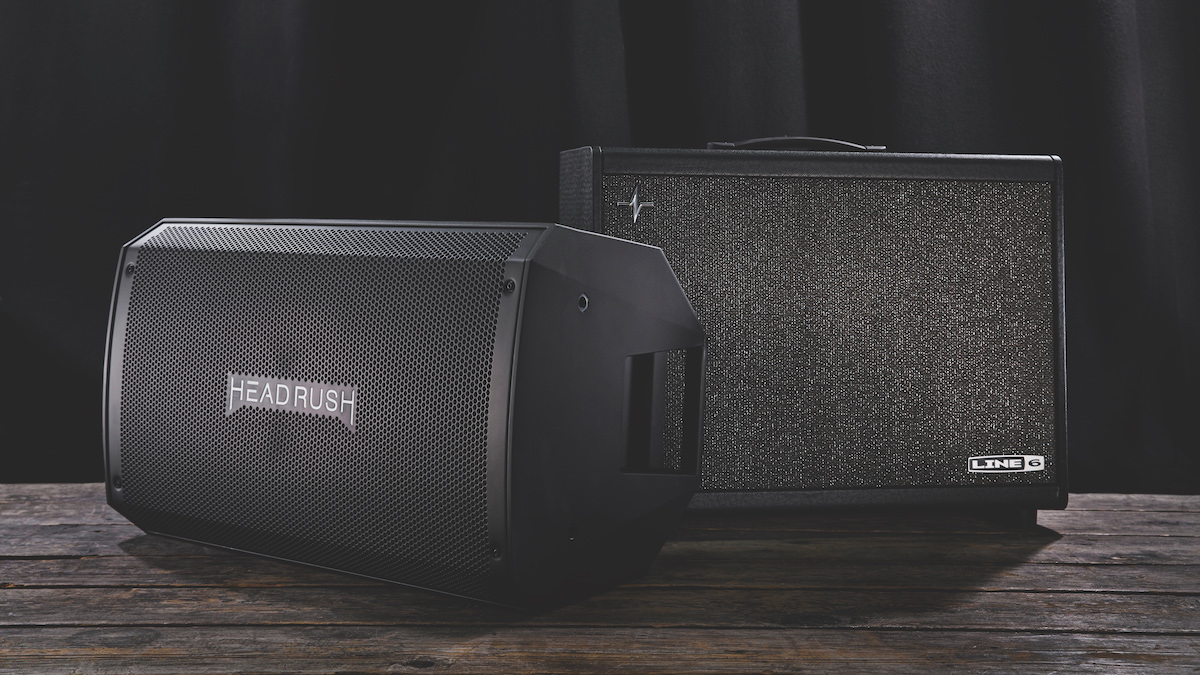
Amp modeling technology is pretty much inescapable, it’s everywhere in the world of guitar, and for good reason. It’s never been easier and more affordable to achieve elite-level tones from digital amp modeling and effects, with speaker-emulated outputs providing the ‘real-world’ sounds we have come to love. But how is that sound brought to the stage? A must-have companion for anyone serious about building a digital modeling rig is grabbing one of the best FRFR speaker cabinets.
An FRFR – full range, flat response – speaker cabinet provides volume to your digital modeling rig without coloring the tone, so the sound you’ve created in your modeler is what you should hear from your FRFR cabinet. This may seem strange as speakers are known for giving unique characteristics to guitar amplifiers. However, many modelers will have emulated speaker outputs, so an FRFR speaker cabinet will produce that sound rather than have its own character.
A characterless speaker should be pretty easy to pick, then, right? Not exactly. FRFR speaker cabinets can come in different shapes, sizes, and wattages, and they have varying features, some of which may be particularly appealing to you. We’ve found the best FRFR cabinets available so that you don’t have to do the hard work – simply read on and find the cabinet that suits you best.
Our top picks
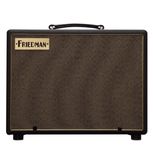
The best FRFR speaker for performance, build quality and aesthetic goes to Friedman’s ASC-12. The ASC-12, with a 12" Celestion speaker and a 500-watt bi-amp class-G amp, delivers a rich and crystal-clear sound. Its sturdy Baltic birch plywood cabinet and boutique design set it apart from its competitors and its dynamic performance won’t have you pining for your standard guitar cab.
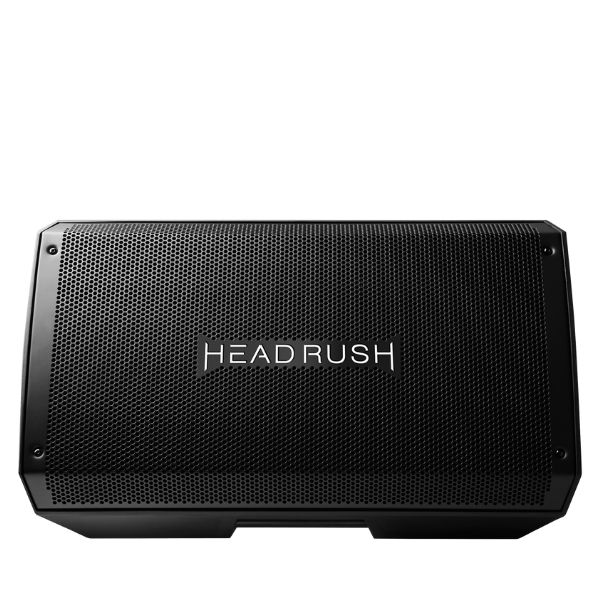
The HeadRush FRFR-112 emerges as the best affordable option out there. With 2,000 watts of power and a lightweight construction, it's a perfect gigging companion. It’s also pole-mountable if you need to throw your sound as far back as possible.
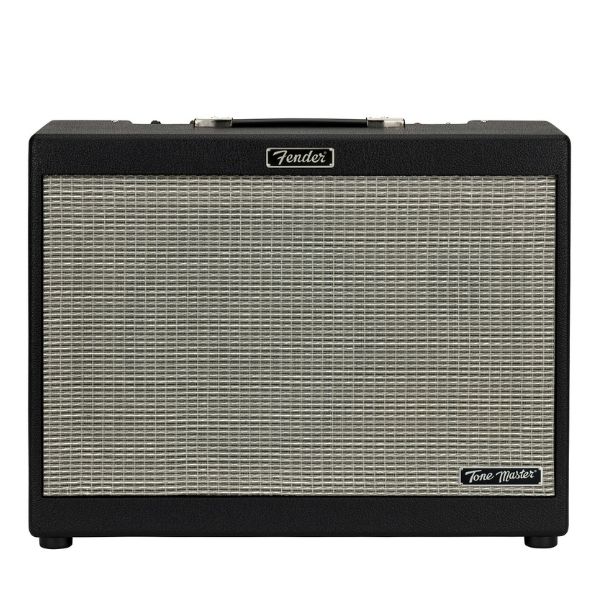
Fender getting involved in the full range, flat response market didn’t really come as a surprise. Although its heritage was founded on iconic tube amplifiers, the last few decades have seen the company release a plethora of different modeling and solid-state options. So, how has its maiden venture turned out?
Read more below
Best overall

1. Friedman ASC-12
Our expert review:
Specifications
Reasons to buy
Reasons to avoid
Friedman has a distinguished standing in the guitar amplifier world, offering predominantly tube, hand-made American amplifiers to a very high standard. The ASC series marks the company's initial foray into producing FRFR speakers, and we're delighted to report that it encapsulates everything brilliant about Friedman's standard lineup
The ASC-12 is the series’ 1x12 offering and is equipped with a 12” Celestion speaker which gives this amp plenty of oomph and low-end rumble. The speakers’ richness can be attributed to the 500-watt bi-amp class-G amplifier and the PETP film compression driver diaphragm that adds a crystalline audio quality. Although it keeps your signal colorless, there is an instantly enjoyable fullness to the ASC-12 that other FRFR speakers can only dream of.
On top of that, the build quality is everything you’d expect from Friedman. Although quite heavy, the Baltic birch plywood cabinet is incredibly sturdy and the detachable black grille is complemented by Friedman’s distinctive gold accents. If you can’t get along with the sometimes soulless look of FRFR speakers, the ASC-12 has plenty of ‘boutique’ charm.
There’s so much to like about the ASC-12, but, if you prefer a slightly tighter response, Friedman has you covered with their ASC-10, the 500-watt 10” Celestion speaker option. Regardless of your taste in speaker size, there aren't many better FRFR options than the Friedman ASC-12.
Best budget
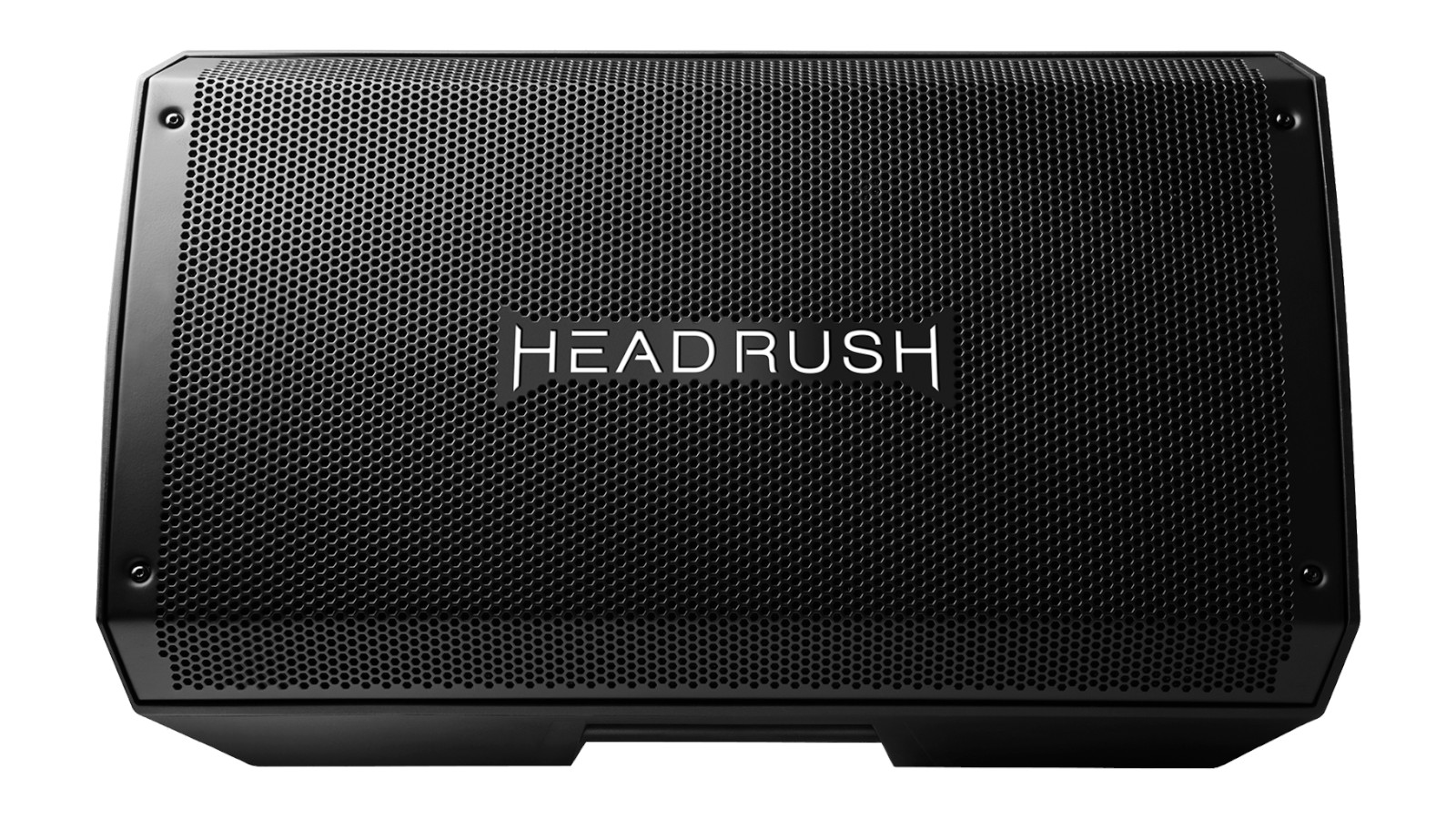
2. HeadRush FRFR-112
Our expert review:
Specifications
Reasons to buy
Reasons to avoid
Headrush is a fairly new face on the block having been created by parent company InMusic in 2019 as a digital guitar effects and amp modeler faction. Since then, digital pedalboards like the Headrush Core and Prime have propelled the brand well into the top five amp modeler and effects brands. So when it released a range of FRFR speakers, it unsurprisingly caught everyone’s attention.
The FRFR-112 is a relatively lightweight 12” speaker option and has quickly become one of the most popular options on the market. The specially voiced speaker and high-frequency compression driver deliver crisp highs with impressive low-end clarity that will reproduce your amp modelers’ voicings succinctly.
It also gives you 2,000 watts of power at your fingertips, plenty of juice for a live band situation. If this is your desired application, the FRFR-112 is pole-mountable to help with projection. Otherwise, it can double up as a handy monitor wedge if you plan on using the XLR out to plug into the PA. Although equipped with 2,000 watts of power, the single 12" speaker may struggle to fully utilize it and some clarity may get lost at really high-volume levels.
However, that can be forgiven when you find out the price. At around $/£369 the Headrush FRFR-112 is one of the most affordable speakers on the market, culminating in a great sound at a very attractive price.
Best from Fender
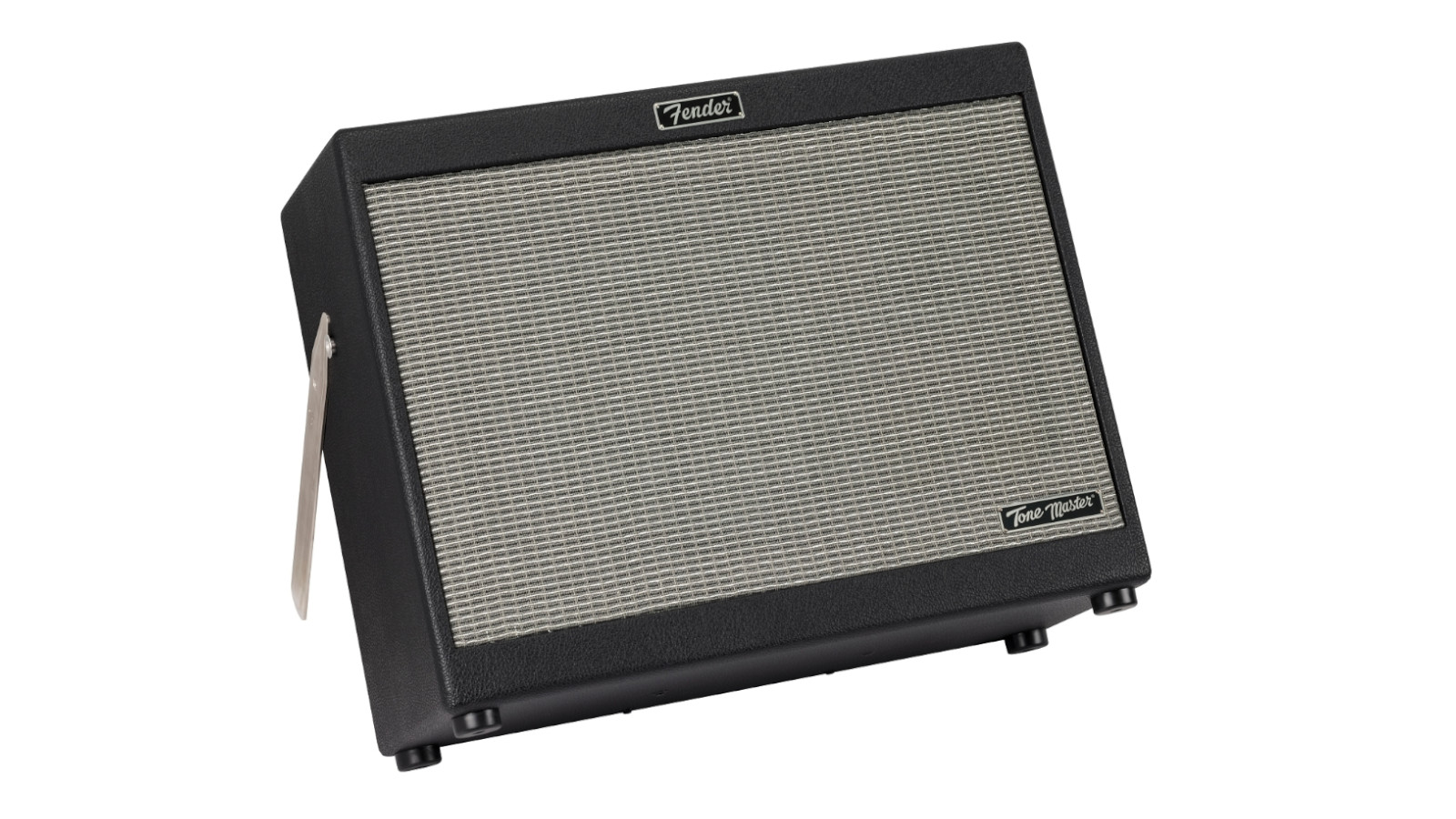
3. Fender Tone Master FR-12
Our expert review:
Specifications
Reasons to buy
Reasons to avoid
Fender getting involved in the full range, flat response market didn’t really come as a surprise. Although its heritage was founded on iconic tube amplifiers, the last few decades have seen the company release a plethora of different modeling and solid-state options. So, how has its maiden venture turned out?
Well, pretty darn well! Marketed under its Tone Master range, the Tone Master FR-12 is a 1,000-watt full range, flat response speaker. It features a 1” wide dispersion high-frequency driver and a 12” speaker which has been specifically designed to supply a blank canvas for your digital effects and amp modelers. There is plenty of power for most gigs and the XLR line out will allow direct access to the PA.
Fulfilling the Tone Master mantra, the FR-12 is very lightweight (12.5kg), making it perfect for lugging around gigs. However, the onboard 3-band active EQ sets the FR-12 apart from its competitors. It’s incredibly handy to sculpt the EQ like a standard amplifier and is an addition that not many FRFR speakers include. Fender has also top-mounted the controls, which we found only assists accessibility, making this an incredibly attractive gigging speaker.
Although a minor gripe, if Fender supplied an additional cover for protection at gigs, it would potentially have ranked higher.
Best for Helix
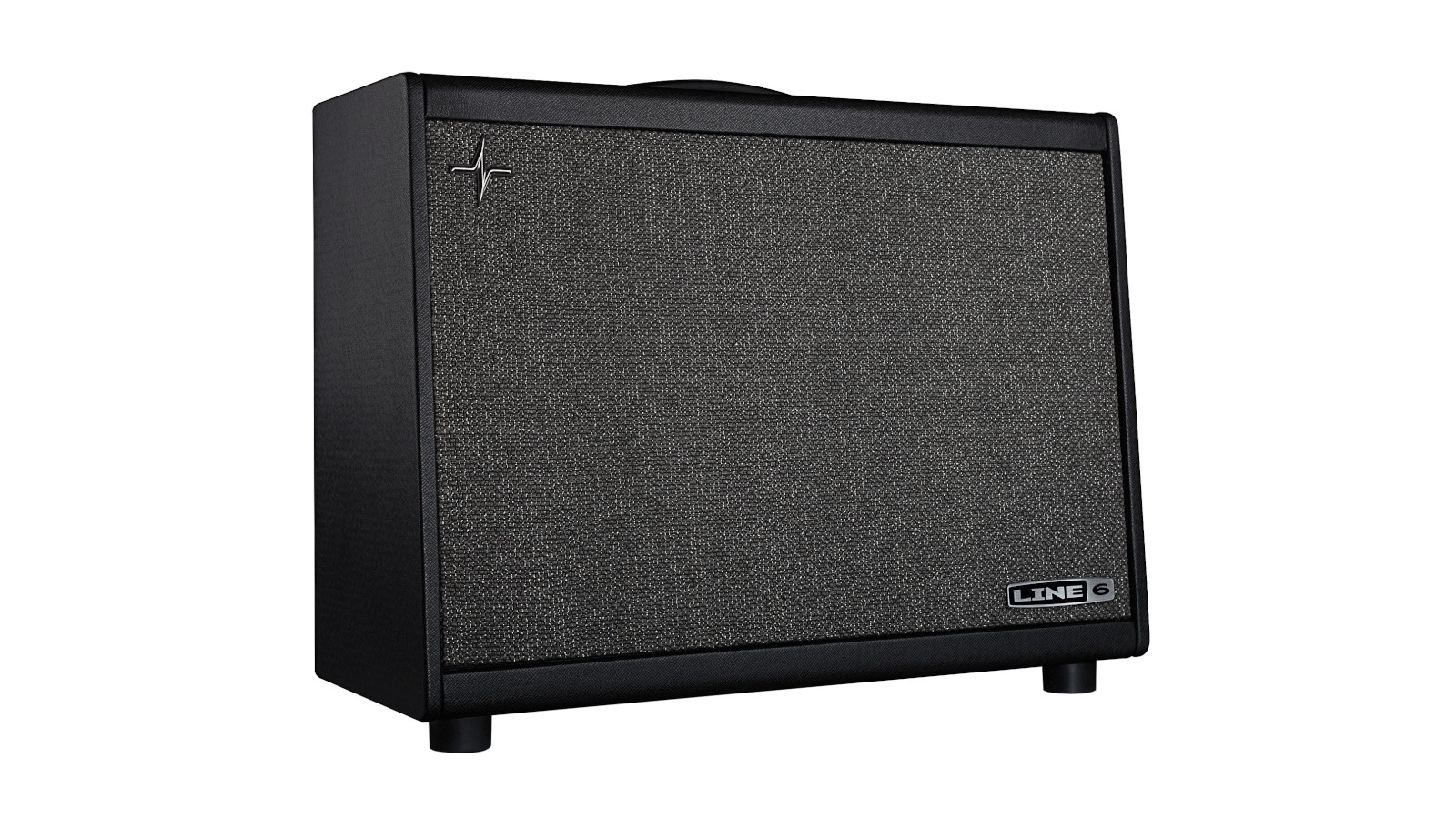
4. Line 6 Powercab 112 Plus
Our expert review:
Specifications
Reasons to buy
Reasons to avoid
Line 6 is instantly recognizable in the digital effects and modeling world. After all, its pioneering Line 6 Pod can still be found in the dusty pre-owned section of guitar shops around the globe. The industry stalwart has turned its hand to FRFR speakers which is best represented by the Powercab 112 Plus.
The Powercab will give you a flat response for an accurate representation of your favorite amp modeler but it’s also a lot more versatile than that. There are 6 different speaker emulations built-in, giving you a bit of character on your signal if you so desire. The built-in LCD screen can get a little menu-heavy, but it does make sense for scrolling through the optional 128-user loadable presets for impulse response processing.
With 250 watts of output, this isn't the most powerful speaker on our list, but with a 125dB peak SPL, it will suit most gigging situations you may find yourself in. The kickback stand is a handy feature that will help direct the output to your ears, just in case the drummer decides to take it up a notch. A microphone-emulated XLR output, a ground lift, a low-cut switch and its lightweight design make the Powercab 112 Plus a real contender.
Best premium
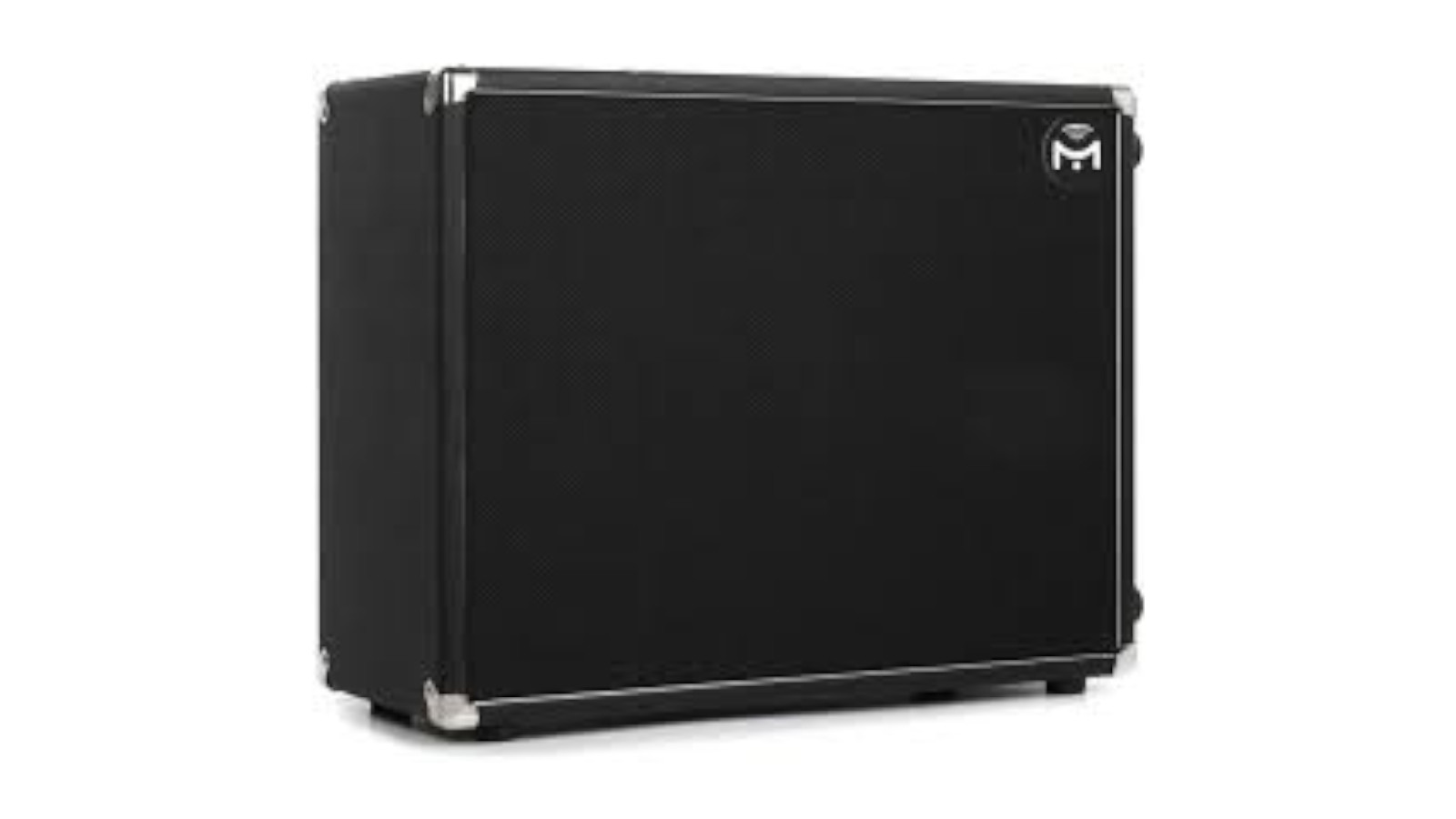
5. Mission Engineering Gemini 2
Our expert review:
Specifications
Reasons to buy
Reasons to avoid
If you’ve got money to spend and are looking for a premium FRFR speaker, look no further than Mission Engineering’s Gemini 2. At the upper end of the price range, the Gemini 2 isn’t going to appeal to the casual player, but this 220-watt, 2 x 12 sounds truly fantastic if you’re serious about your tone.
Perhaps the best feature of the Gemini 2 is its ability to provide full stereo imaging in a single cabinet. The speaker separation is outstanding and it projects a truly wide sound spectrum. As for the tone, the Gemini 2 is very punchy and extremely articulate. The powerful technology included allows this speaker to perform very dynamically, giving even the best tube amplifier a run for its money.
Other features like the built-in interface are capable of recording up to 192KHz at 24-bit and the EmPower EQ control allows a blend between a flat EQ curve and a traditional mid-present guitar cab tone. The birch cabinet is built to last, but boy is it heavy. If you’re looking at an FRFR speaker cab to alleviate chronic back pain, perhaps the Gemini 2 won’t be best suited.
Best for Kemper
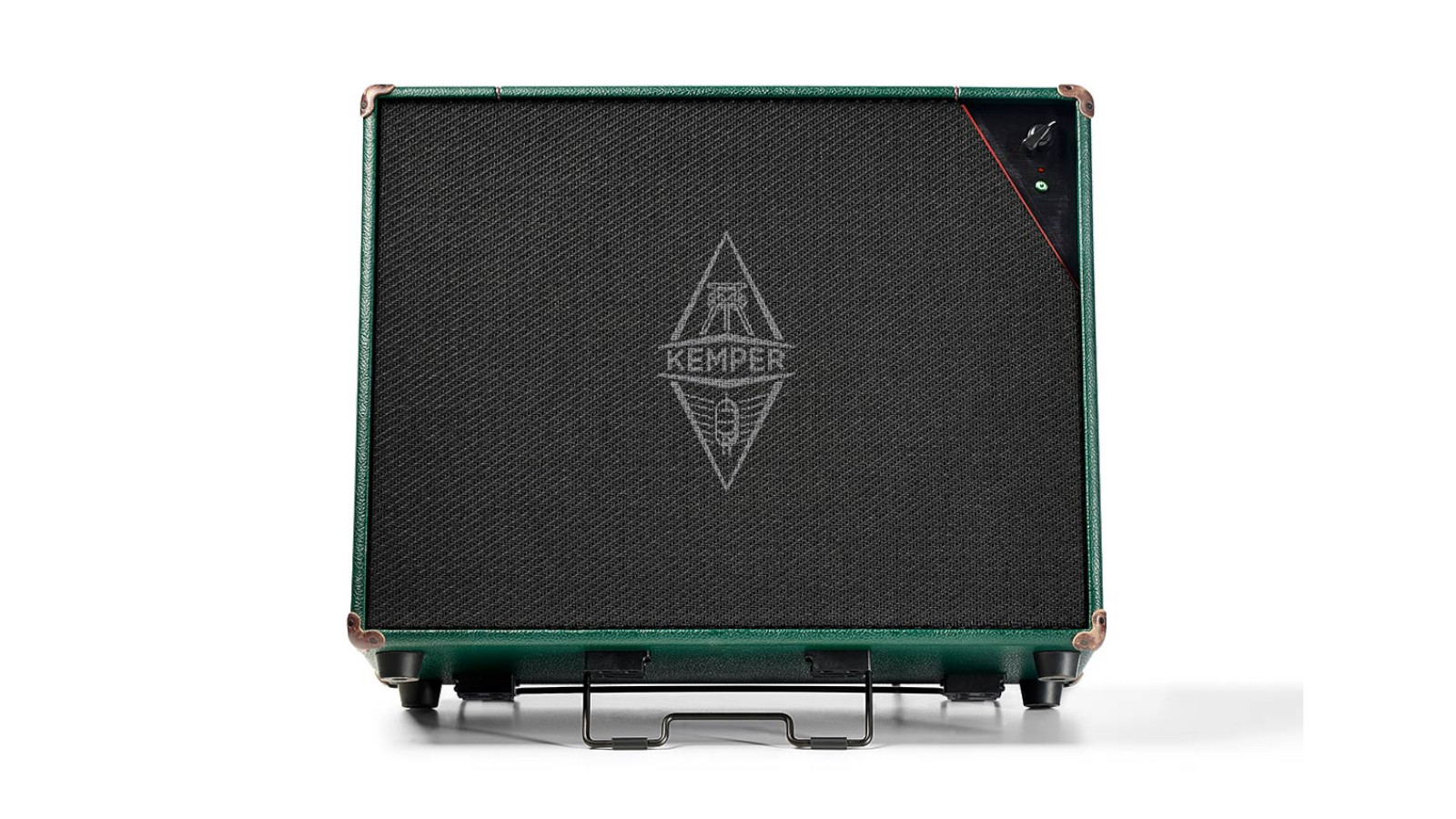
6. Kemper Power Kabinet
Our expert review:
Specifications
Reasons to buy
Reasons to avoid
When the Kemper Profiler was released it marked the turning point in modeling technology. Acclaimed by guitarists worldwide, the Profiler was considered the first piece of technology to really nail the responsiveness and dynamics of a ‘real’ guitar amp. If you have the pleasure of owning a Profiler, the Kemper Kabinet is the best FRFR speaker to pair it with.
Specifically designed by Celestion, the Kabinet’s 12” Neodym Kone speaker has been designed to work in conjunction with the Profiler’s proprietary DSP to provide an ultra-linear frequency response. This allows for the most accurate representation of the Profiler’s different amp tones and effects, providing an ideal blank canvas. However, the Kabinet isn’t sterile, far from it. How it responds to your playing is very similar to a traditional guitar cabinet, supplying your chosen tone with a truly authentic characteristic.
Perhaps the most unique feature is the speaker imprint technology. There are 19 different emulations, which have been modeled from amplifications’ most famous speakers, so there’s a plethora of different tonal varieties on offer here. The powered option offers 200 watts of output, so there is plenty of headroom, however, if your Profiler is powered, the Kabinet comes in a passive variety as well.
Best small cab
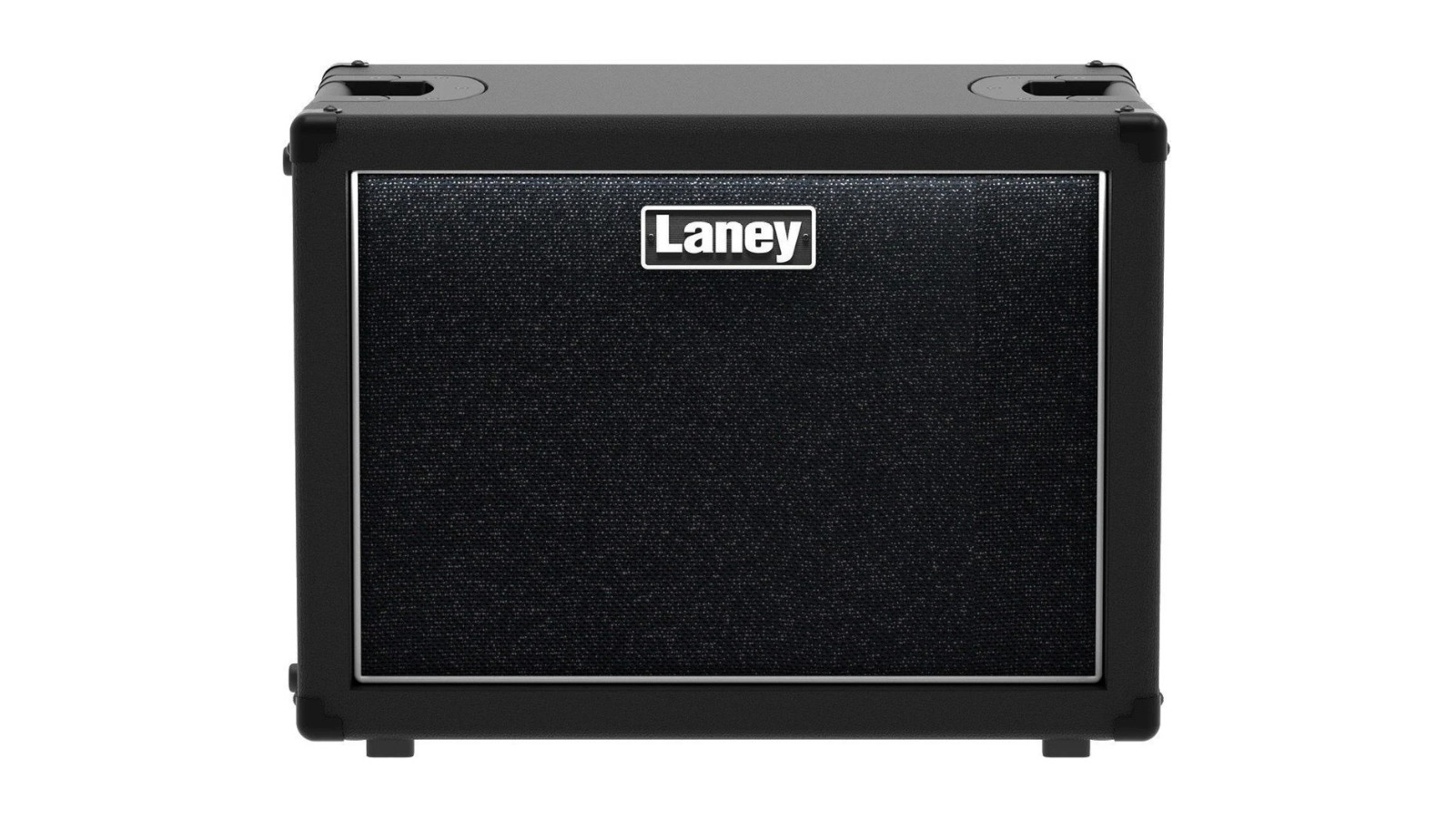
7. Laney LFR-112
Our expert review:
Specifications
Reasons to buy
Reasons to avoid
Laney has some pretty famous advocates; Tony Iommi, Billy Corgan and Paul Gilbert to name but three. The UK company’s tube amps are well endorsed and its experience has translated very well into the FRFR speaker world. The LFR-112 delivers everything you need in an FRFR speaker with the tidy aesthetic of a regular guitar cabinet.
The 12” custom-voiced driver and 1" LaVoce compression driver work well together and culminate in the dynamic response Laney amplifiers are known for. It’s extremely accurate, crystal clear and delivers each nuance of your digital effects or amp modeler to a pleasing degree. The LFR-112 runs at a 400-watt peak, so there is plenty of fuel in the tank. Like any good FRFR speaker, there is an XLR DI out, but in this instance the DI out has a switchable cabinet simulation, meaning the PA will not lose any tonal characteristics.
Other features like the LED grille illumination will look fantastic on any stage and the side-mounted double handles mean your singer doesn’t have any excuse not to help you carry it out to the van.
Best for bass
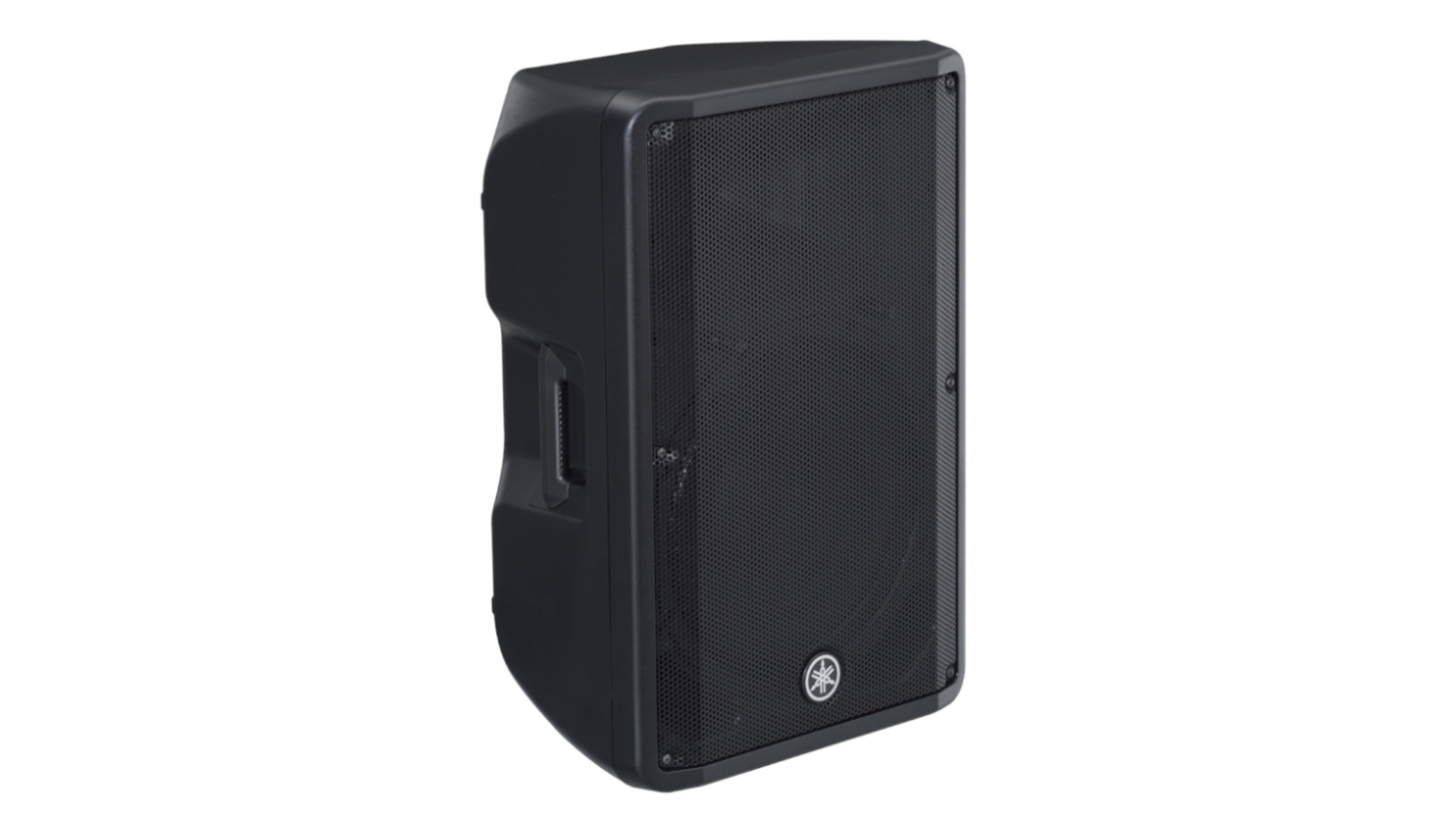
8. Yamaha DBR15
Our expert review:
Specifications
Reasons to buy
Reasons to avoid
Although the Yamaha DBR15 isn’t technically an FRFR speaker, it is still a perfectly viable option for amp modelers and profilers. In fact, many players who use floor modeling units prefer to go for a PA speaker due to their larger speaker size and SPL performance.
Bassists or those who play in low-octave tunings are an example of these players and Yamaha’s DBR15 emerges as the top choice if you need a little extra low-end. The DBR15 handles bass profiles and amp modelers incredibly well, supplying plenty of bass punch without getting too murky, largely due to its 15” cone. At 132dB peak sound pressure level, the DBR15 is plenty loud enough. It comes with all of the dispersion advantages that a PA speaker can offer and it will distribute your audio incredibly evenly.
This thing is built to last, don’t let its plastic cabinet fool you, it is incredibly robust and will survive a few tumbles in the back of a tour van. However, this extra bulk does add to the overall weight, and at 42.6 lbs, it certainly isn’t the lightest option on our list.
Best for Spark users
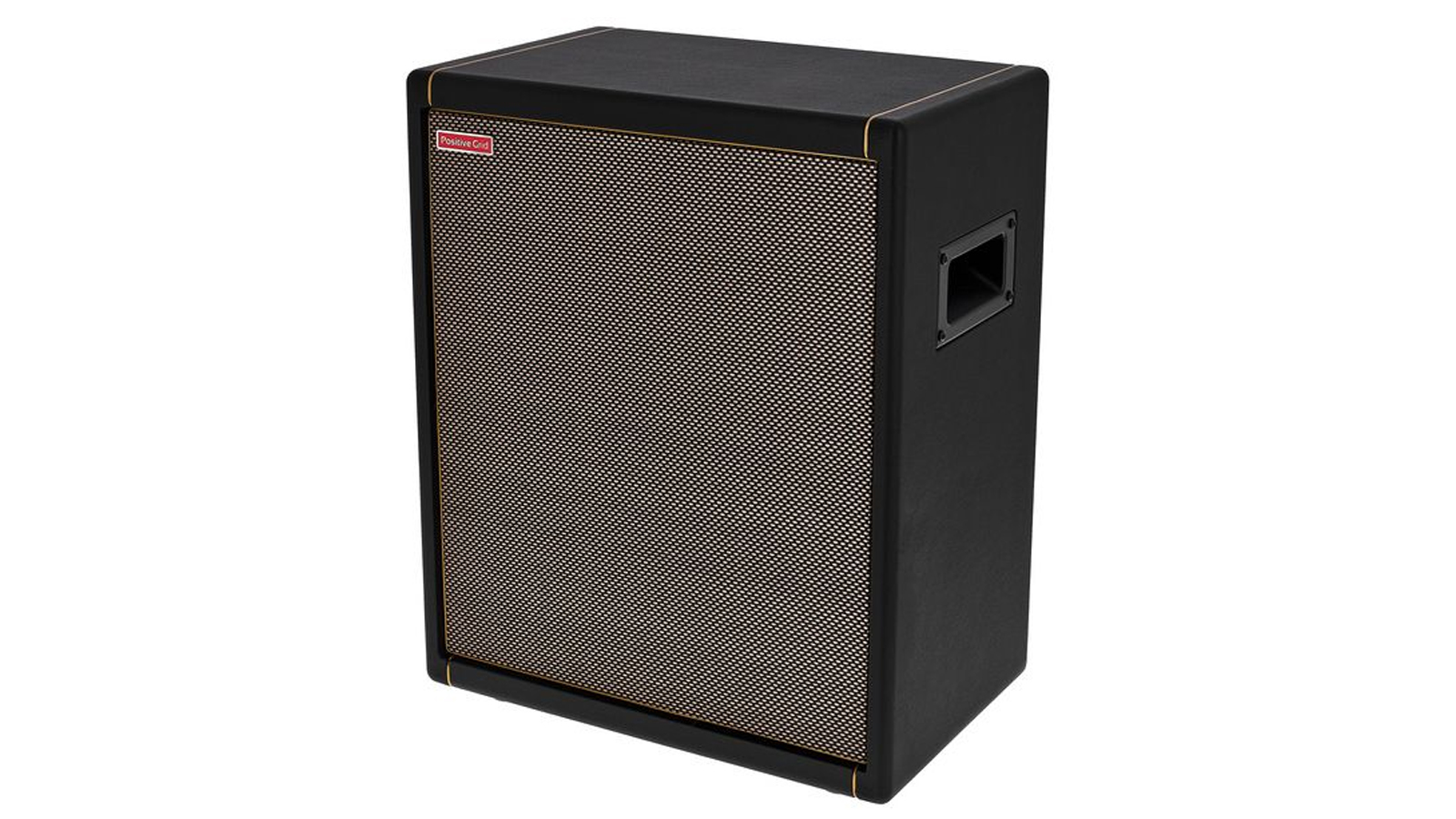
9. Positive Grid Spark CAB
Our expert review:
Specifications
Reasons to buy
Reasons to avoid
The Positive Grid Spark is one of the best-selling amps in the world over the last few years, but it’s not exactly gig-worthy in terms of volume. The Spark CAB solves this problem, being the perfect companion to add 140 watts of power and a heap load more volume.
The Spark CAB isn’t Spark exclusive, though, and works just like any other FRFR speaker cabinet – it does look particularly superb paired with the Spark amp – and if you’re looking for a smaller FRFR cabinet, the Spark CAB could be perfect, as it holds a 10” speaker inside its small 16x19-inch chassis.
It may not have the sheer grunt of some other FRFR cabinets, and the 10” speaker does lack the clarity we would ideally like when cranked, but in our tests, we found the unit to be very responsive, easy to use, and very sturdy.
Added features such as a USB-C charger output and dedicated Spark input make this a really appealing FRFR cabinet that could be ideal for those who are just starting out on their FRFR journey and want something small and relatively lightweight.
FAQs
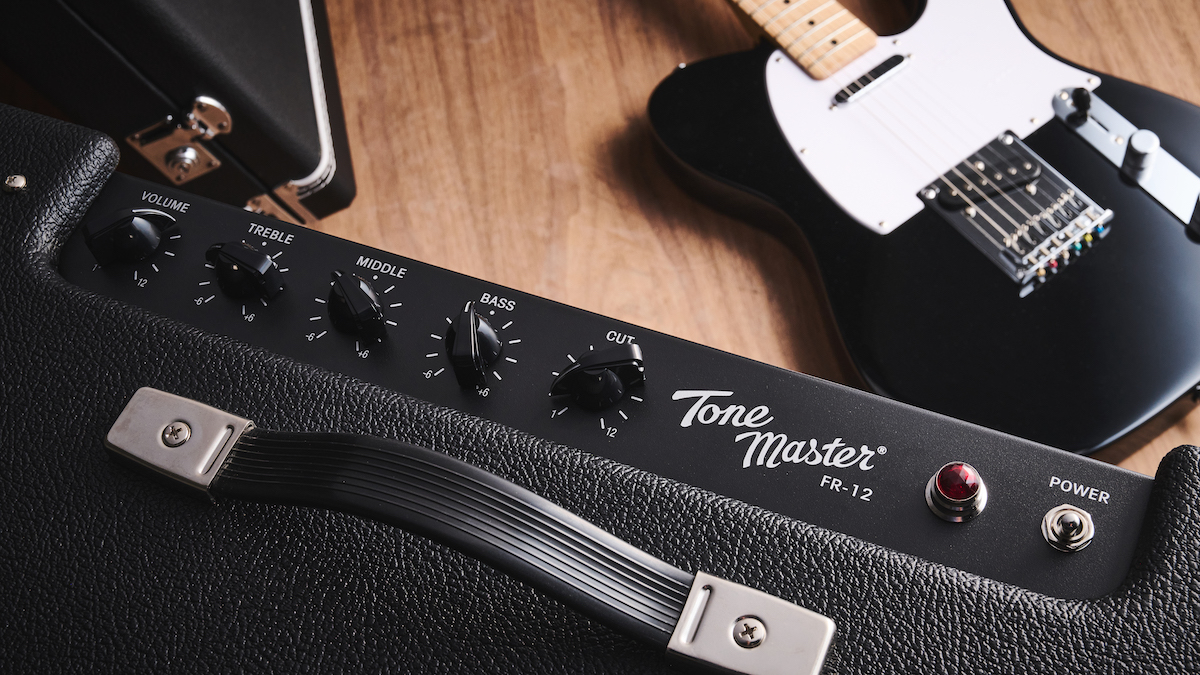
How to choose the best FRFR speaker for you
You can trust Guitar Player.
So, how do you choose the best FRFR speaker? While there are numerous options available on the market, some of the best ones have made it to our list so there's no need to go searching to far. But what key factors should you keep an eye on? After all, most of the accumulated experience we guitarists have gained over the years deals with traditional tube or solid-state amps, whereas FRFR speakers are a little different.
The most important aspect of an FRFR speaker is its ability to provide a colorless signal, providing your patches, models or profiles with the blankest canvas to do the heavy lifting and provide all the tone. All of our selections provide this, so we can check that off the list.
How much volume do I need?
One of the first things you’ll have to consider is the speaker's volume, otherwise referred to as output. Most full-sized FRFR speakers will have at least 250 watts of output, which is relatively loud and equates to a generous amount of headroom. This is ideal for home practice too as a slightly lower-powered speaker will respond better at quieter volumes.
However, if you’re playing in a hard rock or metal band, you may want something a little louder to compete with the drummer. FRFR speakers can pack substantial power, akin to PA speakers, often boasting power output ratings exceeding 2,000 watts. So if you want a much larger headroom, with plenty of juice, there are heaps of options out there, like the HeadRush FRFR-112 for example. Most FRFR speakers will also come with an XLR DI out, meaning you can plug straight into the PA. So if you’re worried about 250 watts being too quiet in certain gigging situations, plugging into the PA is always an option.
So think of how loud you’re planning on playing, what size of venues you’ll be in and how loud your band is.
What’s the best speaker configuration?
Much like conventional speaker cabinets, FRFR speakers can come with different speaker configurations and sizes, the most popular of which tend to be a single 12” speaker or a pair of 12” speakers.
A 2 x 12” speaker will give you more headroom, meaning you can push your speaker with more volume before it starts to distort. If you’re planning on playing loud, a 2 x 12” is a great option. Two speakers will give you much better output dispersion, so if you’re playing larger venues, your tone will cover a much wider base. Also, FRFR speakers like Mission Engineering’s Gemini 2 allow true stereo separation thanks to its 2 x 12” configuration, so there’s a lot to love about having an extra speaker.
A single 12” will sound slightly different, as a smaller chassis may result in a bit more of a stifled, ‘boxy’ sound. They may also have a brighter, clearer sound that isn’t overwhelmed with low end. While the laws of physics determine that smaller speakers, or fewer of them, will sound slightly different to larger or multiple speakers, unlike normal guitar cabinets where speakers play a huge role in overall tone, the best FRFR speaker cabinets should do a great job of producing your digital tones, regardless of speaker configuration. Generally though, more/bigger speakers equals bigger bottom end.
Other features to consider
Although FRFR speakers serve a rather basic function, there are extra features you may find useful. Some FRFR speakers like the Line 6 Powercab 112 Plus and Kemper Kabinet offer emulated guitar speaker models, providing options beyond a flat response for added versatility. So if you like to have different tonal options at your fingertips, this may appeal to you.
Unlike standard amps, FRFR speakers don’t tend to come with an onboard 3-band EQ, however, the Fender Tone Master FR-12 does, so if you prefer editing your frequency settings with physical controls, definitely check it out. On the other hand, low-cut switches, MIDI or USB connections, tilt mechanisms and frequency contours are all pretty common, so if you’re after a specific feature, chances are the best FRFR speakers will have them.
How we test products
At Guitar Player, we live and breathe everything guitar related. It's our passion and we certainly hope this passion comes through in our buyer's guides. Everyone at Guitar Player is an expert in their field and we draw on this knowledge and experience when selecting the products for our guides.
When choosing what we believe to be the best FRFR speakers available right now, we combine our hands-on experience, user reviews and testimonies and engage in lengthy discussions with our editorial colleagues to reach a consensus about the top products in any given category.
When making our lists, we pay careful consideration to everything from budget to feature set, playability and durability to come up with an accurate representation of the best FRFR speakers available right now.
Read more on how we test gear and services at Guitar Player.
Related buyer's guides
- Best guitar amps under $1,000: Great guitar tones without breaking the bank
- Best guitar amps under $500: Earth-shattering tones on a budget
- Best combo amps: Stunning solid-state and tube combos
- Best pedal amps: Power up your pedalboard with an amp in a box
All the latest guitar news, interviews, lessons, reviews, deals and more, direct to your inbox!
Ross has been a music lover and guitar player since the age of 8. He has spent the five years since graduating from university working in music retail, selling guitars, amps and more. Ross is particularly interested in electric guitars, pedals and amplifiers and his current rig includes a trusty 2009 American Standard Stratocaster and Vox AC30S1 with a few Walrus Audio and Way Huge pedals in between. He currently writes for Guitar Player and Guitar World.

